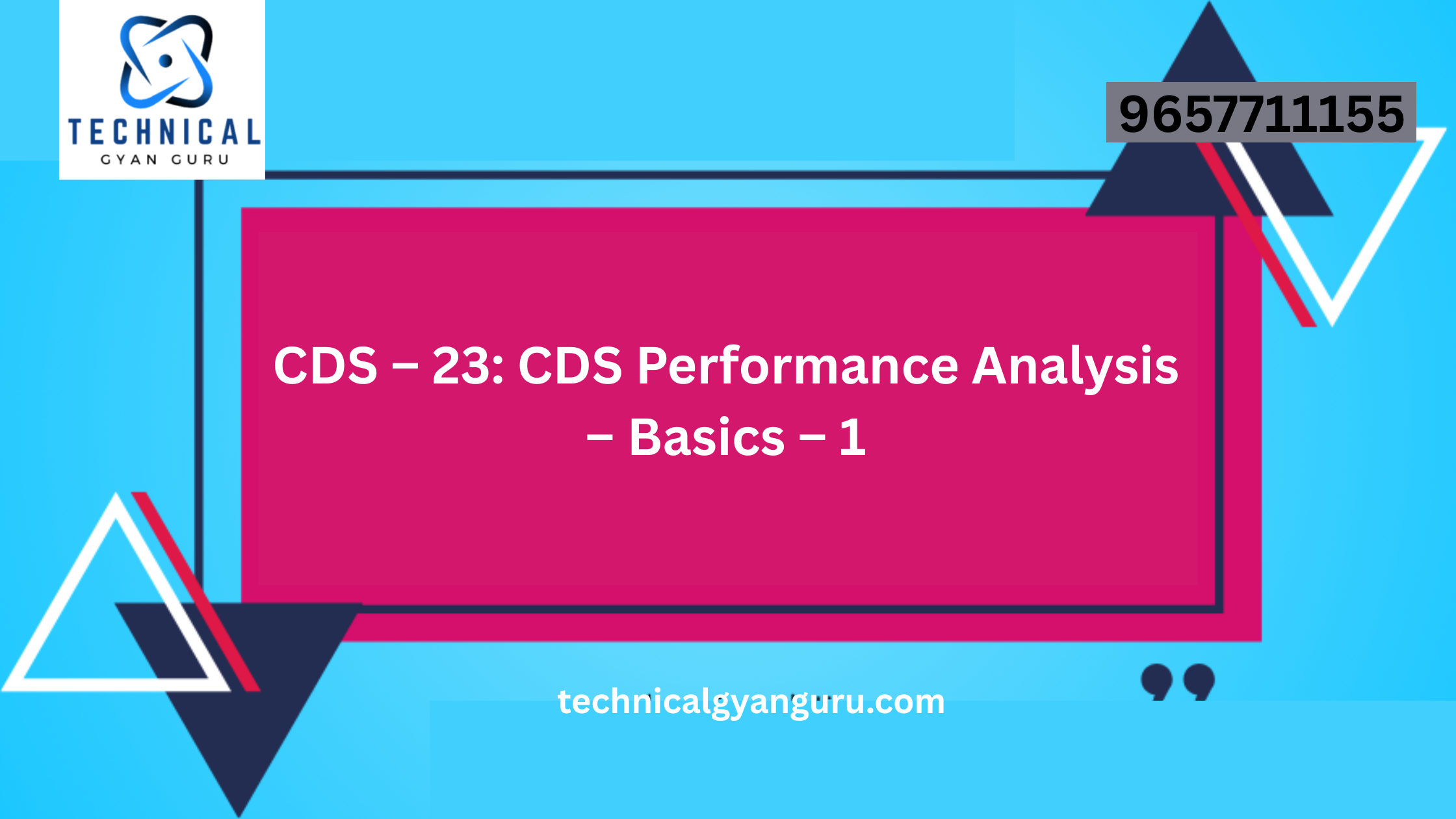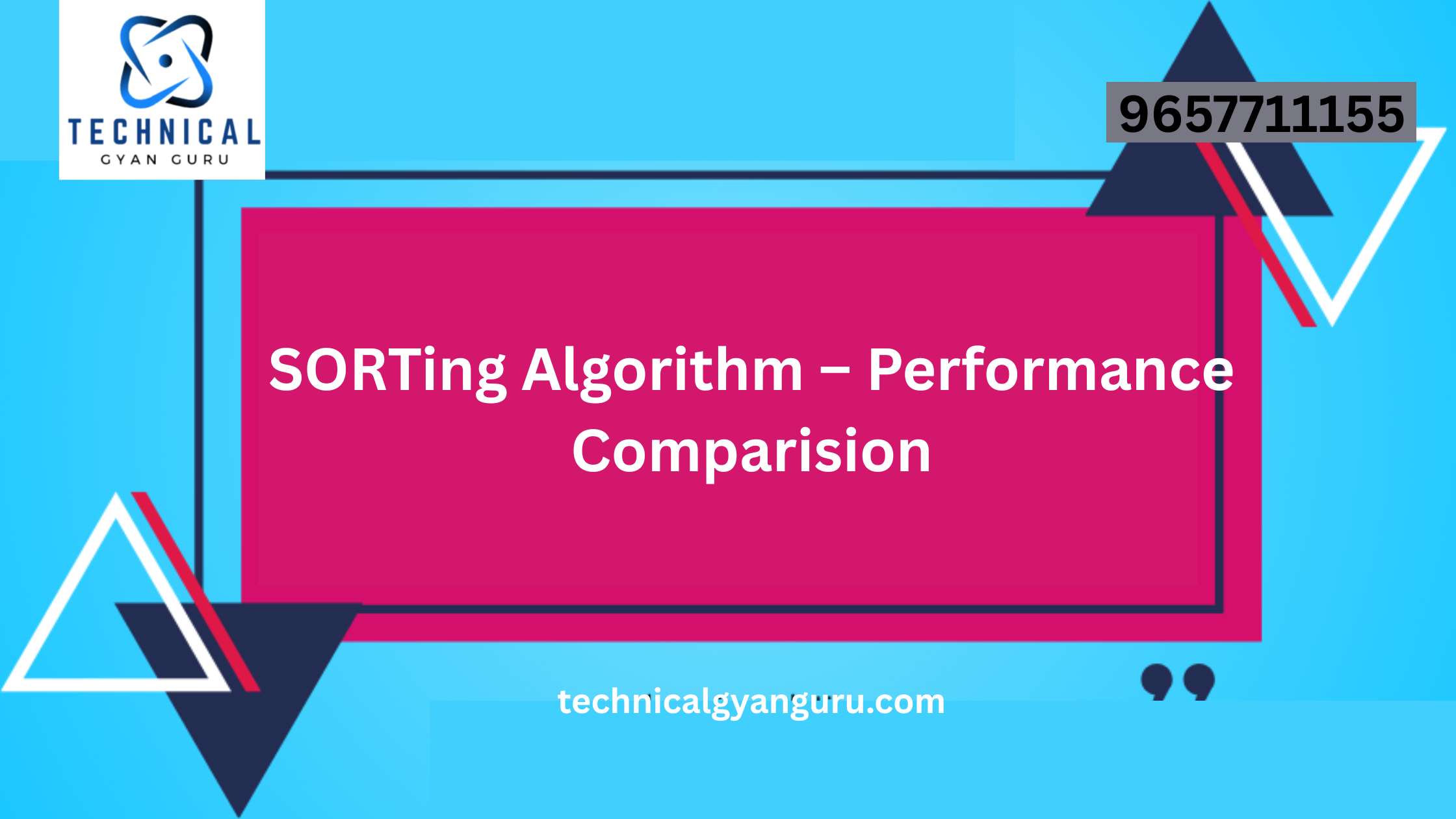Introduction
SAP HANA, a cutting-edge in-memory database platform, has revolutionized the way organizations handle data analytics and processing. One of its powerful features is SQL scripting, which enables users to perform complex data operations, calculations, and transformations with lightning-fast speed. In this blog, we’ll explore the world of SAP HANA SQL scripting, its significance, and how to harness its capabilities for optimizing data management and analytics.
Understanding SAP HANA SQL Scripting
SQL (Structured Query Language) is a widely-used language for managing and querying relational databases. SAP HANA, however, takes SQL to the next level with its SQL scripting language. SQL scripting in SAP HANA extends beyond standard SQL to provide a robust, flexible, and high-performance tool for data manipulation, analytics, and reporting.
Key Benefits of SAP HANA SQL Scripting
- Performance: SAP HANA’s in-memory processing engine combined with SQL scripting enables near real-time data processing and analytics. This is especially critical for businesses that require rapid insights into their data.
- Complex Transformations: SQL scripting allows you to perform complex calculations, transformations, and aggregations within the database, reducing the need to move data to external processing tools.
- Integration: You can seamlessly integrate data from different sources, perform data transformations, and create unified views of your data.
- Custom Functions: SQL scripting allows you to create custom user-defined functions and procedures, enabling tailored solutions for specific business requirements.
- Advanced Analytics: You can use SQL scripting to execute advanced analytics, including predictive modeling and statistical analysis.
SAP HANA SQL Scripting Features and Capabilities
SQL scripting in SAP HANA provides various advanced features and capabilities, including:
- User-Defined Functions (UDFs): Create custom functions to encapsulate specific logic, making code more modular and reusable.
- Procedures: Develop stored procedures to execute a series of SQL statements, enhancing code reusability and maintainability.
- Dynamic SQL: Construct and execute SQL statements dynamically, providing flexibility in query building.
- Control Flow: Use conditional statements (IF, CASE) and looping constructs (WHILE, FOR) to control program flow and logic.
- Calculated Columns: Create calculated columns within SQL statements, enhancing data transformations and analysis within the database.
- Aggregations and Window Functions: Leverage powerful aggregation functions and window functions for data analysis.
Best Practices for SAP HANA SQL Scripting
To make the most of SAP HANA SQL scripting, consider these best practices:
- Plan Your Queries: Clearly define your data requirements and query objectives before diving into SQL scripting. Effective planning will save time and prevent potential errors.
- Optimize Performance: Focus on query optimization by creating efficient indexes, using proper data types, and minimizing unnecessary data movement.
- Modularization: Encapsulate complex logic in user-defined functions and procedures for code modularity and reusability.
- Testing: Rigorously test your SQL scripts, user-defined functions, and procedures to ensure they produce accurate results and perform efficiently.
- Documentation: Document your code, including comments and descriptions of complex logic, to facilitate troubleshooting and maintenance.
Conclusion
SAP HANA SQL scripting is a powerful tool that empowers organizations to extract maximum value from their data. By harnessing its capabilities, you can perform complex data operations, execute advanced analytics, and optimize data management. Understanding the features, following best practices, and continuously improving your SQL scripting skills will enable you to unlock the full potential of SAP HANA and leverage its in-memory data processing capabilities for data-driven decision-making. With SQL scripting, you can turn your data into a competitive advantage.







